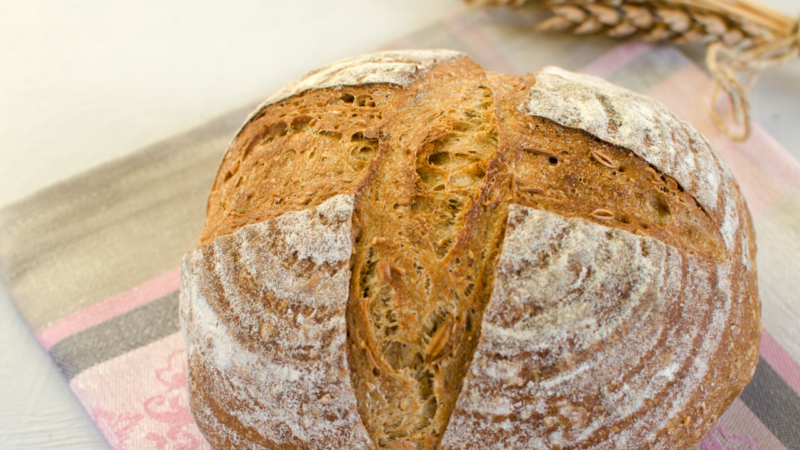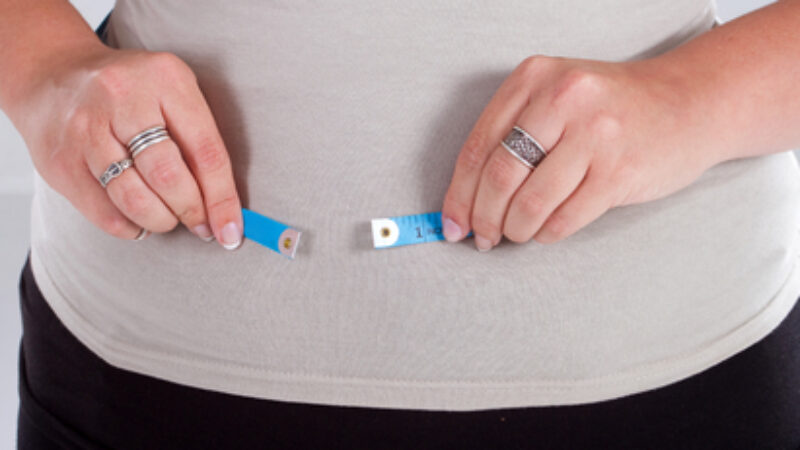The old adage, “You are what you eat” has a lot of truth to it. A good diet will not only help you to feel good, but to look good also. Food that we eat is digested and broken down into vitamins, minerals and amino acids that our bodies can use to build healthy skin. Crash diets or highly processed foods can lead to skin that isn’t as strong and supple as it could be.
Experts may bicker about the specifics on what constitutes a healthy diet, but there are many aspects that almost everyone can agree on. Filling your plate with lean meats, healthy fats and leafy green vegetables will do most bodies good – boosting your energy, promoting healthy bodily functions (including those of your heart, brain and digestive system), strengthening your immune system, AND making your skin glow.
If you’re eating for health, whether for your body or your skin, here’s what you should know.
Say No To:
- Sugar. The link between sugar consumption and the aging process is a relatively new one. When there is excess sugar in the body, a process called glycation begins. Glycation causes collagen and elastin molecules to become hard and stiff, robbing them of their flexibility that gives us firm, plump and taut skin. Sugar essentially speeds up the appearance of aging in our skin and body. In addition to sugary treats like pop and doughnuts, watch out for simple carbohydrates (crackers, white bread, etc), which are converted to sugar very easily by the body.
- Milk. Drinking milk may not only aggravate acne, but in some cases trigger it too. Milk is thought to affect acne because of the hormones it contains. A 2007 study carried out by the Harvard School of Public Health found that there was a clear link between those who drank milk regularly and suffered with acne. Interestingly, those who drank skim milk suffered with the worst breakouts, with a 44 per cent increase in the likelihood of developing blemishes. It is thought that processing the milk increases the levels of hormones in the drink. Skim milk is also relatively high in sugar (higher than full fat milk), which may further compound the problem.
- High Glycemic Index (GI) Foods. Foods with a high GI rating are easily broken down into simple sugars that are absorbed into the bloodstream quickly. These are thought to have a direct effect on the severity of acne because of the hormonal fluctuations that they trigger. In particular, high GI foods cause a spike in hormone levels including insulin which is thought to instigate sebum production. High GI foods include sugary fizzy drinks, cakes, pastries, candy, white bread and potatoes. Low GI foods include fruit (choose small servings as fruits can be high in sugar) and vegetables, wholegrain options such as brown pasta, basmati rice, couscous and pulses. An Australian study in 2007 showed that young males who were put on a strict low GI diet noticed a significant improvement in the severity of their acne.
Load Up On:
- Seafood, Nuts and Avocados. The essential fatty acids like omega-3 oils found in walnuts, fish, eggs, olive oil and avocados, help to keep the top outer layer of the skin strong and intact. A strong skin barrier keeps external toxins and pollutants out and can help the skin look more radiant and elastic. Omega-3 fish oil supplements can help fill in the gap when you aren’t able to eat right.
- Green Tea, Fruits, Vegetables and Spices. High in antioxidants, these foods can help to neutralize free radicals that break down collagen. Aim to consume 5 to 10 servings daily of antioxidant rich foods including strawberries (vitamin C), Brazil nuts (selenium) and spinach and almonds (vitamin E). Spices like turmeric pack an antioxidant punch that many of us don’t consider.
- Protein. If you don’t get enough protein, you are depriving your skin of the amino acids that go into making collagen (which makes your skin strong) and elastic tissue (which makes it supple). Look for healthy sources including eggs, fish and lean meats.
What about Vitamins?
Beauty supplements can help when your diet isn’t cutting it. They can also help to fill in nutritional gaps leading to a healthier appearance overall, reducing future signs of aging and strengthening hair and nails.
If you decide that beauty supplements are right for you, choose wisely as not all manufacturer claims are supported by clinical studies. And, no matter how much of a supplement you might consume, only a small fraction will be delivered to your skin. This is where topical application is generally better. However, there are some constituents that may make a difference:
- Multi-vitamins. Almost all vitamins and minerals are important for a healthy body (this includes skin) so a product that helps to fill in nutritional gaps is a good idea.
- Antioxidants. Whether it’s green tea, acai berry, astaxanthin or vitamins a, c and e, we know that antioxidants protect skin from free radical damage when applied topically. If consumed orally many of them help boost collagen and elastin production, helping to keep skin firm. The science is strongest with Vitamin C.
- Essential fatty acids. Found in fish, walnuts and eggs, omega-3 oils help keep the top outer layer of the skin strong and intact. External toxins and pollutants are kept out and they can help deliver more radiant and elastic skin.
- Minerals such as zinc and selenium (which are also potent antioxidants)
These 10 foods are readily found at your grocery store and will help your skin look and feel its best:
- Avocado
- Kale
- Green tea
- Berries – blueberries, strawberries, raspberries. You name it!
- Almonds
- Olive oil
- Chia seeds
- Salmon
- Spinach
- Broccoli



